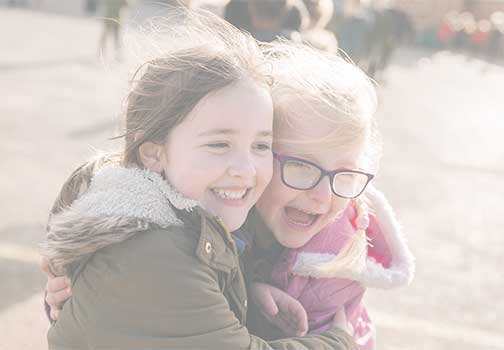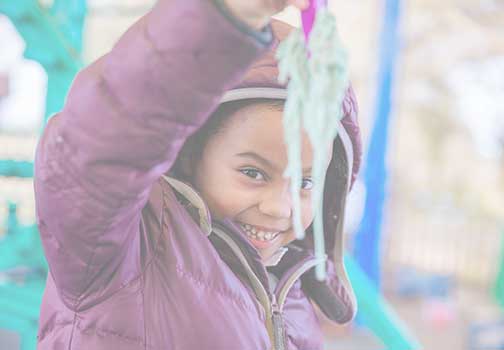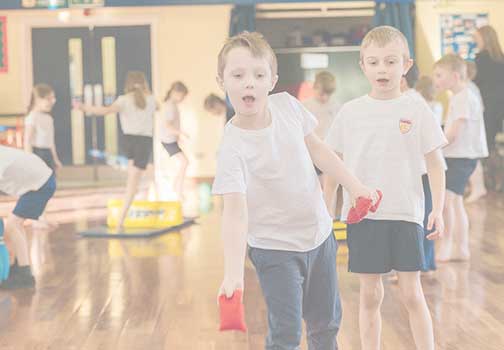History

The Early Days
In the early 1850s the village school was built and was called 'The Capel National School' this was situated next to Capel Church, Church Lane, what was once the school playground is now called ‘The Glebe’. Not much is now known about this earlier school, but documents suggest it had about 5 teachers and 108 pupils aged between 4 and 15, which only accounted for 1/3 of the village children! The other village children did not go to school, perhaps spending their days working in the fields. In those days, children were not required by law to go to school, it was the parent's choice and it was not free, you had to pay! It was only in 1891 that compulsory, free education was introduced. In 1873 the government Inspector severely criticised the poor conditions in this ill-equipped school.
in 1875 a new school was built and was called ‘Capel Board School’ A new site was found opposite Tatlingbury Farm where it still stands today. The building cost £1,957,7s in to-days money that is £289.000.
'The Capel Board School'. Documents say "it is a handsome building, with the master's house in the middle, and the boys' school on one side, the girls' and infants' on the other". The headmaster Mr Shorter and his wife moved into the school house at the end of 1875 and the boys started school in the new building in February 1876 and the girls May 1876.
The school was very different in those days. Boys played in one playground and girls and infants played in the other. Pictures show a wall separating the two playgrounds. Teaching concentrated on the "3 R's" (Reading, wRiting & aRithmetic), as well as drawing, recitation, singing, object lessons and scriptures. At the end of the day, the children 'saluted' and then 'passed out' in strict order.
There were open fires in the classrooms and the toilets were outside! School finished at half past three (this was only changed a few years ago!). The boys even had gardening plots!
A Horse Chestnut tree was planted in 1887 to commemorate Queen Victoria's Golden Jubilee, although it is not there anymore.
What do the pictures on the badge mean?
Look closely at the badge. It was designed in 1958 by Mr Stinton, who was Head Teacher at Capel school for 32 years.
In the background, behind the word Capel, is the River Medway, which lies to the North of Five Oak Green. The sword is the sign of the Knight's Hospitaler, who founded Capel Church. The helm is from Fane Tomb in Tudeley, our neighbouring village. The five oak leaves represent the name of our village.
How has our school changed?
Our school buildings have changed quite a lot since the main building was constructed in 1875. Then, the headmaster and his family lived in the main building. There were 3 classes housed in the school.
In 1969 the kitchen was re-built in a different place and in 1971 a new hall was built along with additional 4 classrooms and a mobile hut. This has replaced another hut, which lost its roof during some strong winds!
The new library was opened on 8th November 1980.
The old mobile building was replaced in 2023 and it currently houses the EYFS class.
Now we are equipped with seven different classrooms, an onsite kitchen, dining hall, sports hall, ICT suite and many other modern facilities.














